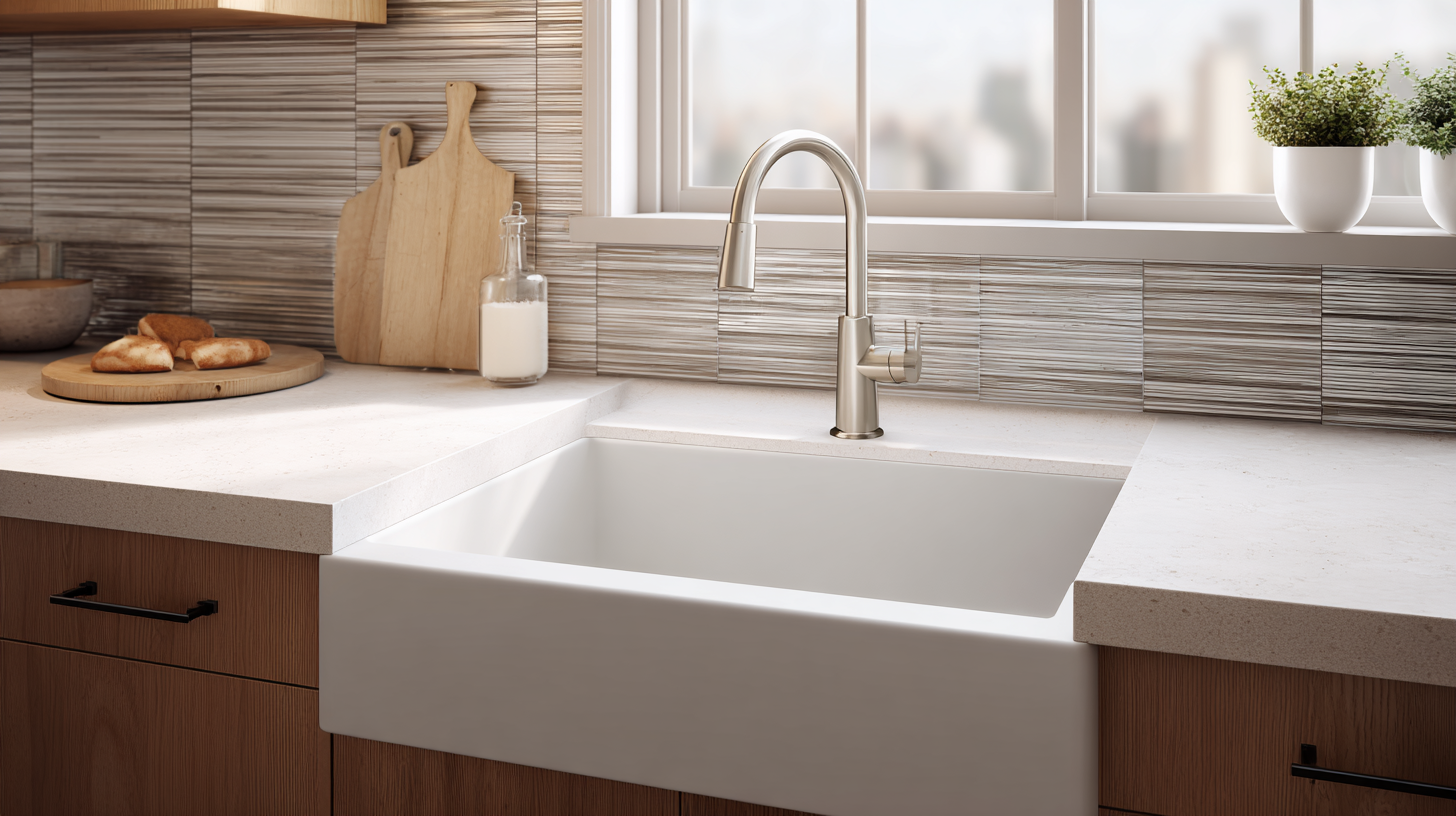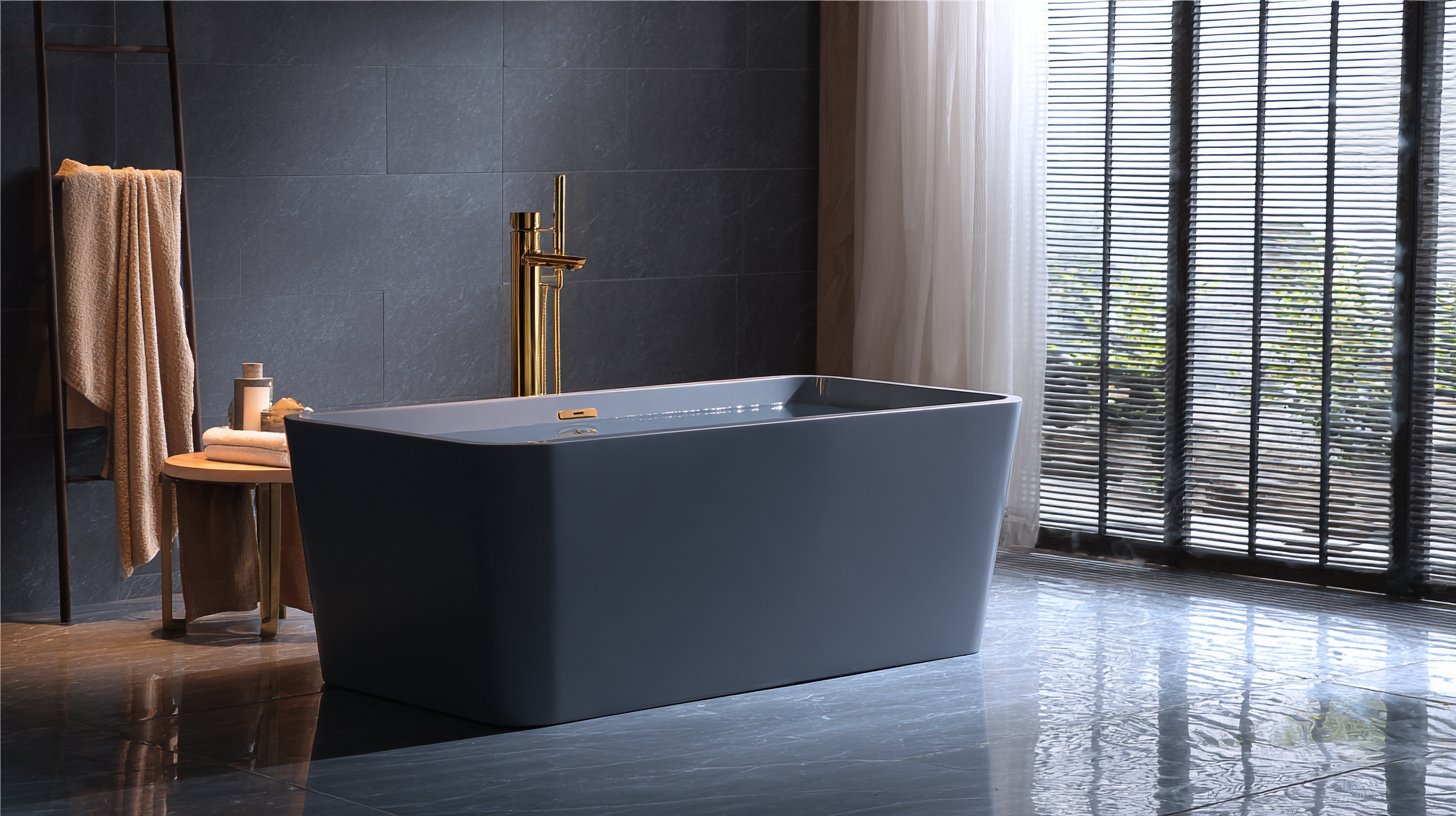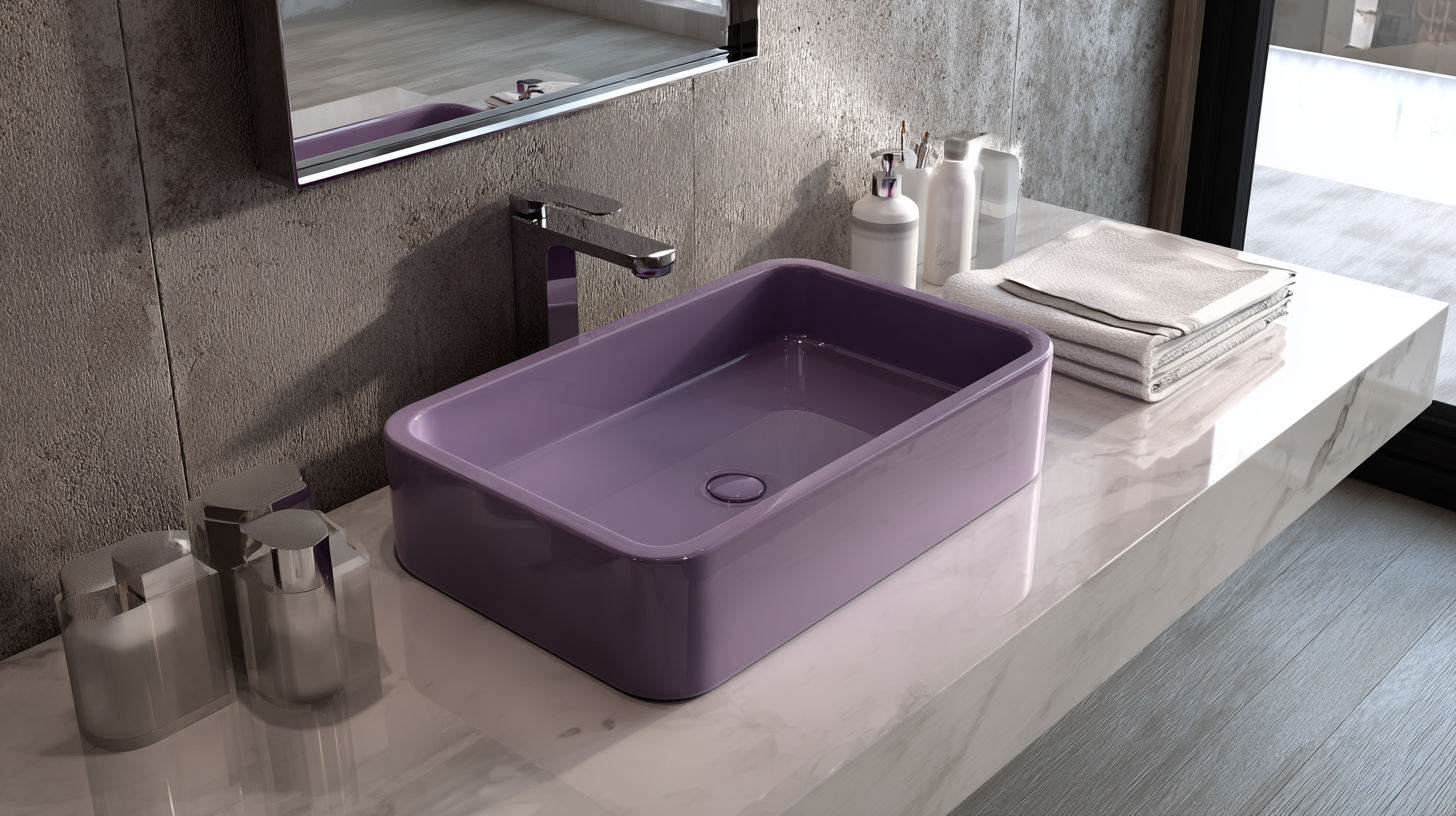In the rapidly evolving kitchen and bathroom fixture industry, the demand for high-quality solutions has intensified, particularly for products like the Malron Color Sink. According to a recent market analysis by Grand View Research, the global market for kitchen sinks is projected to reach USD 2.2 billion by 2027, growing at a CAGR of 5.5%. This surge can be attributed to the increasing emphasis on kitchen aesthetics and functionality. However, as global buyers navigate through various options, they often encounter challenges related to industry standards and product quality.

The Malron Color Sink stands out not only for its innovative design but also for its adherence to stringent quality regulations, setting a benchmark in the marketplace. This ultimate guide aims to address these industry standards issues while showcasing how the Malron Color Sink can meet the diverse needs of global buyers, ultimately enhancing their purchasing decisions.
As we approach 2025, emerging trends in Malron color sinks are becoming essential for global buyers to consider. Recent industry reports indicate a growing consumer preference for sustainable materials and innovative designs that blend functionality with aesthetics. In mid-April 2025, the housing market has seen a significant shift, with homebuyers prioritizing modern kitchen and bathroom fixtures, driving demand for aesthetically pleasing plumbing solutions like Malron color sinks.

Moreover, color selection in interior design continues to evolve. According to market research, there is a notable rise in the popularity of natural-inspired hues, which can enhance the overall ambiance of a space. Buyers are increasingly looking for sinks that not only serve practical purposes but also contribute to a cohesive design narrative within their homes. As industry standards shift towards eco-friendly products, opting for Malron color sinks represents a forward-thinking choice that aligns with contemporary consumer demands.
In conclusion, the intersection of design trends and housing market dynamics creates a unique opportunity for buyers to invest in high-quality Malron color sinks. Marketers and manufacturers must remain vigilant and responsive to these trends to ensure their products meet the evolving standards of quality and sustainability in the housing market.
In the ever-evolving landscape of sink manufacturing, understanding and addressing global industry standards is crucial for ensuring product quality and consumer safety. As manufacturers and designers, compliance with these standards not only enhances the reputation of a brand but also reinforces trust among global buyers. The variety of standards, such as ISO, ANSI, and EN, dictate everything from material quality to design specifications, ensuring that products meet performance and durability expectations. For Malron, aligning their color sinks with these standards signifies a commitment to excellence, providing customers with confidence in their purchase.
Moreover, innovation in design must also resonate with ergonomic and aesthetic benchmarks set by the industry. Global buyers now seek sinks that not only fulfill functional requirements but also complement modern kitchen and bathroom designs. By assessing and integrating these standards, Malron can create sinks that are not only visually appealing but also user-friendly. The best Malron color sink represents a fusion of compliance and creativity, showcasing how adherence to global standards can drive product design and customer satisfaction in a competitive market.
The Malron color sink technology has emerged as a groundbreaking solution for manufacturers aiming to meet industry standards while enhancing aesthetic appeal. With the growing demand for vibrant color options in various sectors, innovations in color sink technology allow for seamless integration of advanced pigmentation processes. This not only addresses the visual preferences of global buyers but also complies with stringent quality and safety regulations that characterize competitive markets.

Recent advancements have focused on durability and longevity, ensuring that color sinks maintain their aesthetic integrity over time, even under challenging conditions. Enhanced stain resistance and easy maintenance of these sinks are results of innovations in surface treatments and material science. As manufacturers adopt these state-of-the-art technologies, they position themselves favorably against market competitors, responding to consumer demands for both beauty and functionality. Ultimately, the continuous evolution of Malron color sink technology sets a new standard in the industry, making it a top choice for consumers worldwide.
As the global market evolves, the demand for sustainable products continues to surge. By 2025, it's projected that 75% of consumers will choose brands based on their sustainability practices, according to a McKinsey report. This shift is particularly pertinent for industries such as sink production, where environmentally friendly practices are no longer a niche but a necessity. Manufacturers are now tasked with sourcing sustainable materials, reducing carbon footprints, and implementing ethical production processes to meet these consumer expectations.
One of the best examples of sustainability in sink production is the use of recycled materials in the manufacturing process. A recent report by the Global Sustainability Initiative indicates that sinks made from 30% recycled content can reduce lifecycle carbon emissions by up to 50%. Additionally, water-efficient technologies that incorporate sustainable features not only appeal to eco-conscious consumers but also align with various industry standards that encourage resource conservation. As global buyers increasingly seek products that reflect their values, companies like Malron are leading the charge by redefining the benchmarks for sustainable sink production and addressing the industry's growing standards issues.
In the competitive landscape of sink manufacturing, ensuring top-notch quality is paramount for global buyers. Best practices for quality assurance in sink supply chains involve a comprehensive approach that encompasses several critical elements. One key aspect is the selection of reputable suppliers who adhere to stringent industry standards. Buyers should conduct thorough assessments of potential suppliers' facilities, production processes, and commitment to quality control, which can significantly influence the durability and aesthetic appeal of the final product.
Additionally, implementing rigorous testing protocols is essential to maintaining quality assurance throughout the supply chain. This can include material testing for durability, resistance to staining, and overall structural integrity. Collaborations with third-party testing agencies can enhance credibility and ensure compliance with international standards. Furthermore, fostering transparent communication between manufacturers and suppliers can facilitate the quick resolution of any quality issues that may arise, thereby safeguarding the integrity of the supplied sinks and ultimately satisfying customer expectations. By embracing these best practices, global buyers can navigate the complexities of the sink supply chain and achieve optimal product quality.
| Sink Material | Color Options | Quality Certification | Country of Manufacture | Lead Time (Days) | Warranty Period (Years) |
|---|---|---|---|---|---|
| Stainless Steel | White, Black, Matte Grey | ISO 9001 | Italy | 30 | 5 |
| Ceramic | Glossy White, Sand | CE Marking | China | 45 | 3 |
| Composite Granite | Black, White, Beige | ANSI Z124.6 | USA | 20 | 7 |
| Quartz | Various Colors | NSF Certification | Germany | 25 | 10 |
| Cast Iron | Iron Black, Porcelain White | UPPA | India | 60 | 5 |
